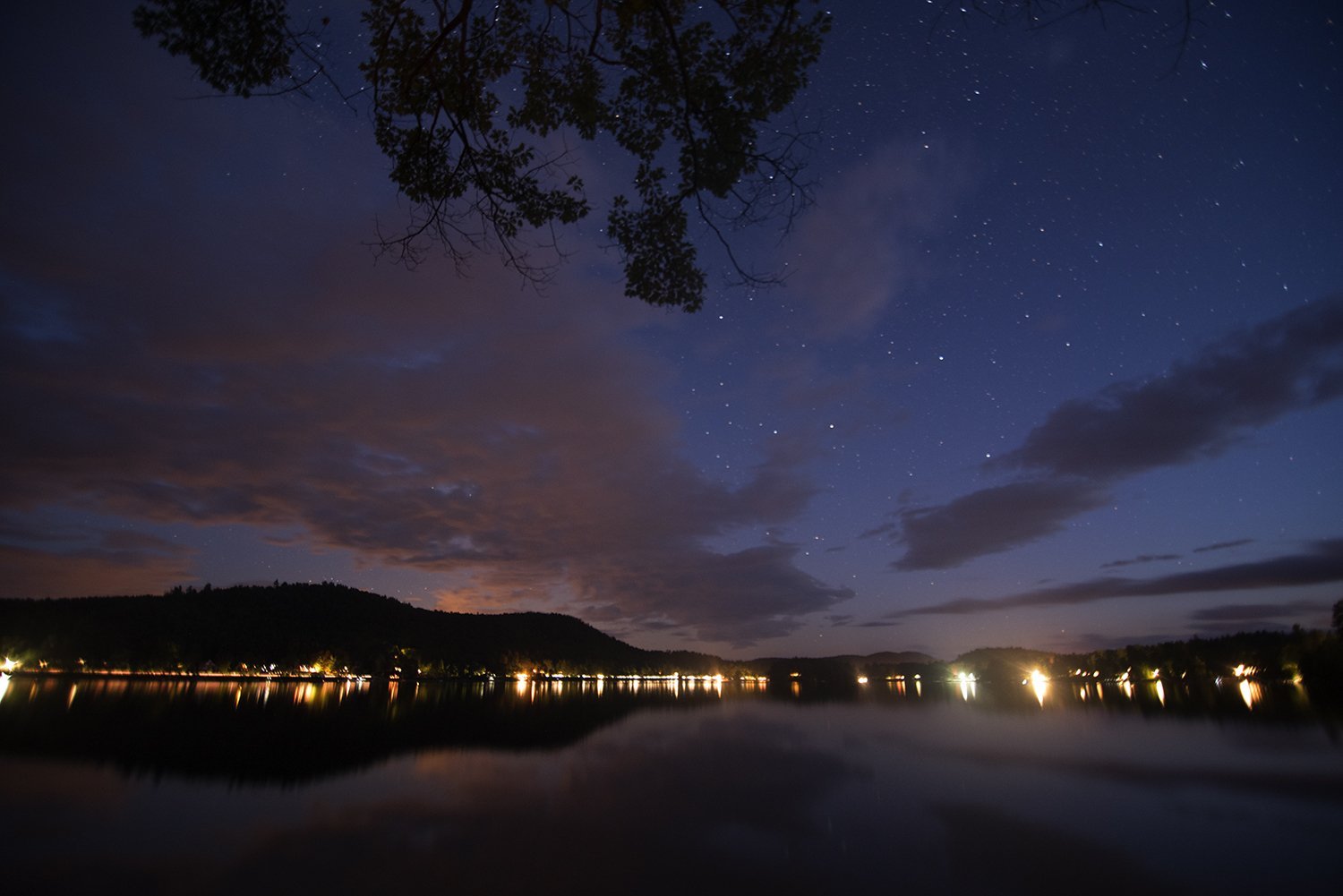It was perhaps not fully known that day in 1963, on the crowded steps of the Lincoln Memorial, that my father’s audacious dream would reshape the contours of justice and equality in America.
I’m proud of my father, but my pride cannot be fully measured by that snapshot in history. Because contrary to first glance, my father’s legacy comes not from his presiding over the final act in the drama of fighting for equal rights — his legacy is about setting the stage.
Because he knew then the enduring challenge we would still face today: So long as America is an economically and socially divided nation, the project of equality is a project unfinished.
My father, the Rev. Martin Luther King, Jr., devoted his life to achieving civil equality in our democracy, but that was only the beginning. The poor and disenfranchised — too often those in communities of color — still disproportionately bear society’s harms through no fault of their own. That truth has compelled the fight for social justice across the spectrum: labor rights, women’s rights — and yes — environmental rights.
Because no matter who we are or where we come from, we’re all entitled to the basic human rights of clean air to breathe, clean water to drink, and healthy land to call home.
Make no mistake, the injustice of climate change and the pollution that fuels it are among this century’s most debilitating engines of inequality.
Climate change pries further apart the haves and have-nots. When Sandy leaves New York dark and underwater; when Katrina sweeps away homes in New Orleans; when coastal cities face continual worry as rising seas pollute drinking water — it is low-income inner city families who suffer most. When punishing drought smothers livelihoods and inflates food prices; when warmer temperatures bring more smog, more asthma, and longer allergy seasons; when heatwaves and cold snaps descend on urban, unprepared neighborhoods — it is communities of color who suffer.
Climate change is fueled by carbon pollution — largely from our power plants — and comes packaged with smog and soot, causing thousands of asthma attacks, hospital visits, and premature deaths every year, especially in vulnerable minority populations. The NAACP found that almost 40% of the 6 million Americans living in close proximity to coal-fired power plants are people of color. Increased exposure to power plant pollution is especially hazardous to African-American children, who are three times as likely to die from asthma than white children.
Our obligation to fight pollution traces the roots of its persuasion to that same moral mountaintop from which my father lent his voice to the voiceless. The pursuit of civil equality in health helped build our environmental laws. If those laws are our shield from environmental disenfranchisement, then the U.S. Environmental Protection Agency is the defender that wields it. The EPA is our answer to the injustice of a society stratified by its exposure to pollution.
The EPA already protects our families from harmful pollutants, like lead, mercury, and arsenic, but there are currently no rules stopping power plants from dumping endless amounts of industrial carbon pollution into our air. That’s why President Obama has directed the EPA to set new limits on carbon pollution from our power plants.
Regulating the carbon pollution that fuels climate change will also cut smog and soot, and the health benefits would likely be felt immediately by people living near power plants. EPA’s plan will help head off 3,600 premature deaths, lead to 90,000 fewer asthma attacks in children, and prevent 300,000 missed work and school days, according to the White House.
And because power plants will invest in efficiency to meet new higher standards, families will ultimately save $85 a year on energy bills in 2030.
For more than four decades, the EPA has reduced air pollution by nearly 70% while the U.S. economy has tripled in size.
Unfortunately, that truth is swept under the rug by special interests, who fund bogus studies and use vulnerable people as props to defend their own interests. We’ve seen this movie before, and we know how it ends. For example, in the ’90s, when EPA regulated acid rain, special interests said it would be too expensive for power plants to retrofit and adapt to cut the harmful sulfur dioxide and other acid-rain-causing pollutants.
Those same critics said our lights would go out; they said disenfranchised communities would be hurt the most. Their disingenuous predictions never came true. The lights are still on. Electricity has remained reliable and affordable. And our families’ health has been protected from the dangers of acid rain.
We must not forget — as my father never did — that although social inequality is not a line item on our monthly utility bills, it carries the heaviest of costs. That’s why EPA’s fight is, and has always been, a fight for equal rights. Special interests may keep trying to tear down EPA’s credibility with scare tactics and sleight-of-hand, but civil rights leaders must be there to call out falsehoods, give voice to the voiceless, and place bold principle over blind profit.
To my brothers and sisters who’ve committed their lives to fighting to protect equality, I hope you stop and ask yourselves, on this question of our rights: Where does climate injustice stand? Where does the balance of our families’ health, and our kids’ futures stand? Where does our moral obligation to do what’s right, to tend to the least of these, stand?
Progress is a long, uphill climb, as those who’ve toiled and marched, and protested to help further our greatest of unfinished projects, the project of equality, can attest. In each and every case, our burning leg muscles are worth every inch of that healthier, safer, more just summit we yearn to reach. That is the legacy my father strived to build.



